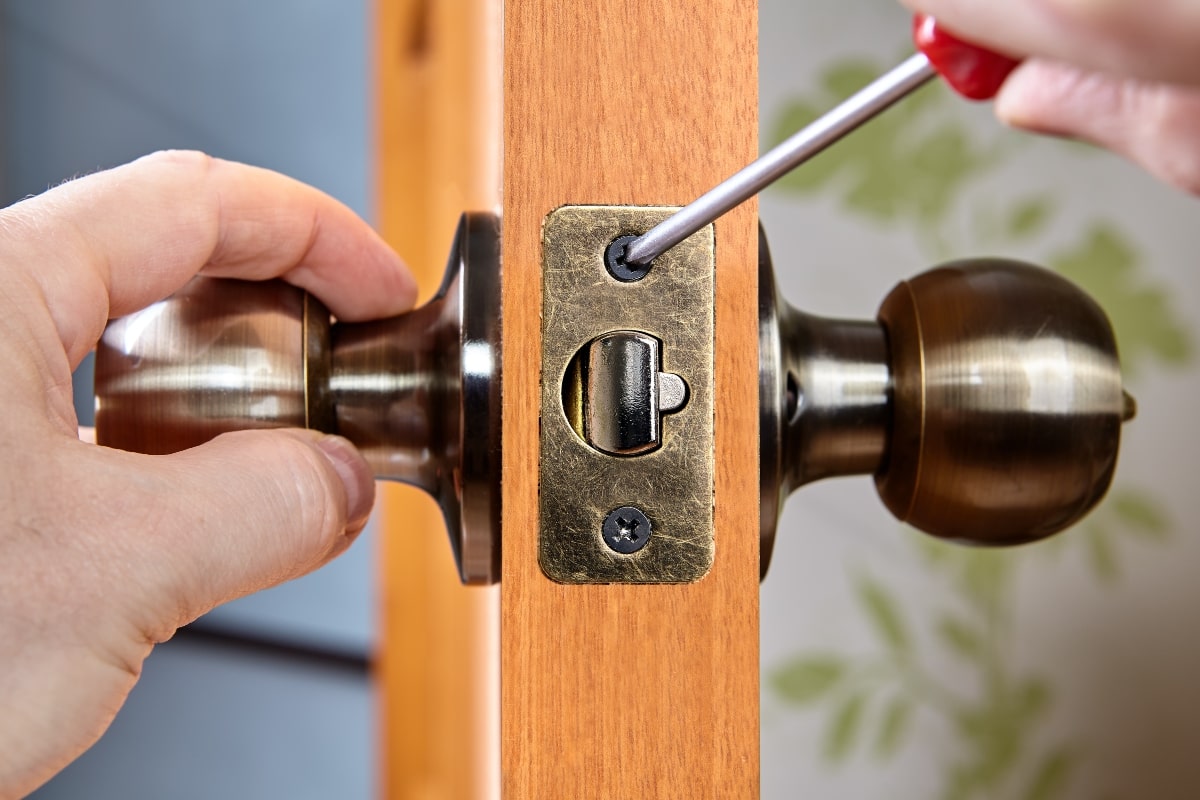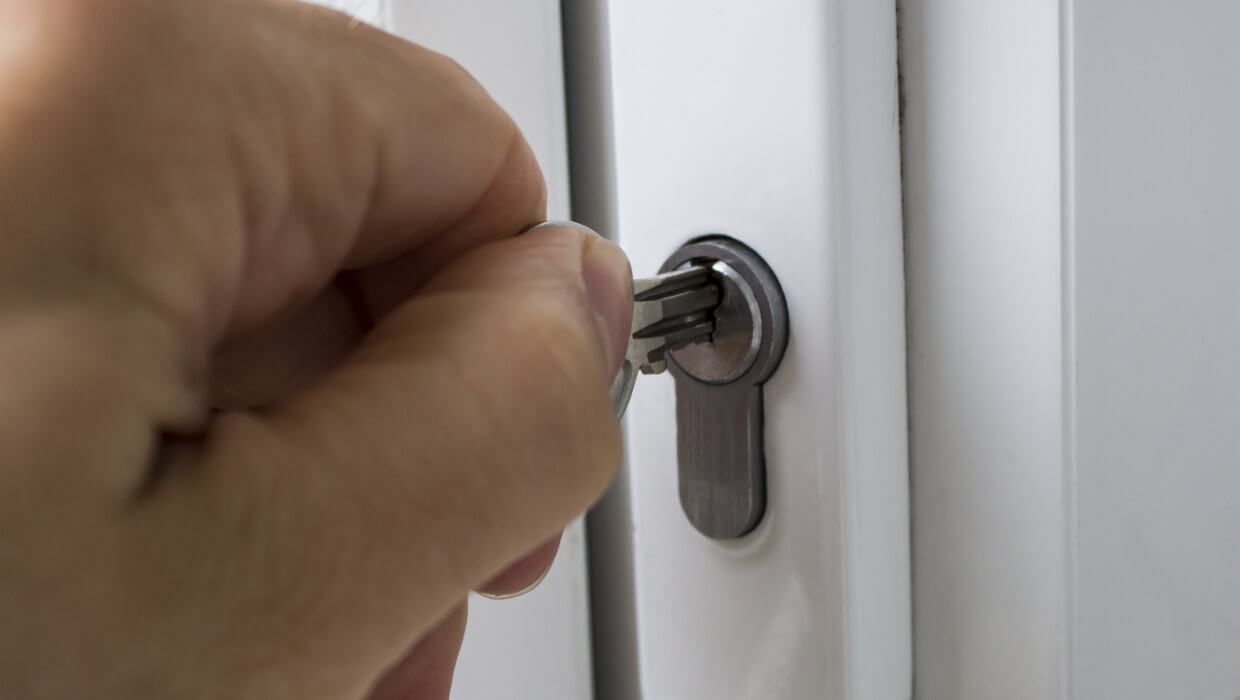Have you ever experienced the frustration of trying to turn your door lock only to find it stiff and unyielding? This common issue can be a source of annoyance and inconvenience, especially when youre in a hurry to get in or out of your home. Fortunately, there are several possible causes for a hard-to-turn door lock, and knowing what they are can help you troubleshoot and resolve the problem quickly and efficiently. In this article, we will explore some of the most common reasons why your door lock may be difficult to operate, as well as provide some simple solutions to help you get your lock working smoothly again.
Common Issues That Cause a Door Lock to Become Difficult to Turn

There are several common issues that can cause a door lock to become difficult to turn. One possible cause is a build-up of dirt and debris inside the lock mechanism, which can prevent the key from smoothly turning. Another issue could be that the lock is misaligned or not properly lubricated, causing friction and making it hard to turn.
Additionally, worn out or damaged internal components of the lock could be the culprit, leading to stiffness and difficulty when trying to unlock the door. In some cases, a faulty key or improper key insertion could also be to blame for the lock becoming hard to turn. Identifying and addressing these common issues can help to ensure that your door lock functions smoothly and efficiently.
Understanding the Reasons Behind a Stiff Door Lock

There are several reasons why a door lock may be hard to turn, and understanding these factors can help you identify the problem and find a solution. One common reason for a stiff door lock is a build-up of dirt, dust, or debris inside the lock mechanism. Over time, these particles can accumulate and hinder the smooth operation of the lock, making it difficult to turn.
Another possible cause is a misalignment of the strike plate or latch bolt, which can put pressure on the lock and prevent it from turning easily. Additionally, changes in temperature and humidity can cause metal components to expand or contract, leading to stiffness in the lock.
By examining these potential issues and taking appropriate measures, such as cleaning the lock, adjusting the strike plate, or lubricating the mechanism, you can restore smooth operation to your door lock and improve security for your home.
Effective Solutions for Dealing with a Hard-to-Turn Door Lock

If you find yourself struggling with a hard-to-turn door lock, there are several effective solutions that you can try before calling a locksmith. One common cause of a stiff lock is dirt and grime buildup within the lock mechanism. To address this issue, start by spraying some lubricant into the keyhole and gently turning the key back and forth to distribute the lubricant.
You can also try cleaning the keyhole with a cotton swab dipped in rubbing alcohol to remove any stubborn residue. Another possible culprit for a difficult lock is a misaligned door frame, which can put pressure on the lock mechanism and make it harder to turn.
To remedy this, try tightening the screws on the door hinges and strike plate to ensure that the door is properly aligned. Additionally, if the lock itself is worn or damaged, it may need to be replaced to restore smooth operation. By following these simple steps, you can effectively address the issue of a hard-to-turn door lock and avoid the frustration of being locked out of your own home.
Conclusion
In conclusion, having a door lock that is hard to turn can be a frustrating experience, but there are common causes and solutions to consider. Issues such as dirty or worn-out locks, misaligned strike plates, or a damaged key can all contribute to difficulty turning a door lock. By regularly cleaning and maintaining your locks, ensuring proper alignment, and replacing worn parts when necessary, you can prevent this issue from occurring.
Additionally, seeking professional help from a locksmith, like the experts at https://emergy.ru/, can provide further assistance in resolving any lingering problems with your door lock. Taking these steps will help ensure smooth and easy operation of your door lock for years to come.


